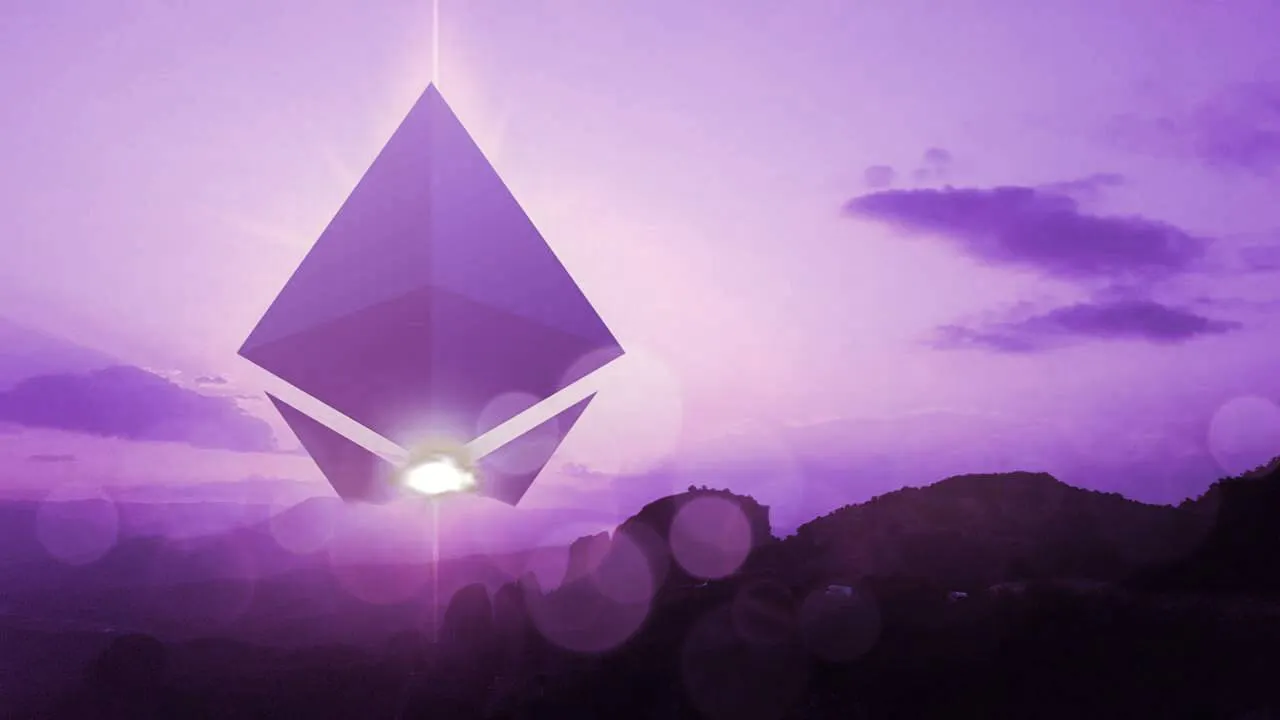In brief
- The "difficulty bomb" will start slowing down the current Ethereum network.
- Ethereum devs are hoping to transition to proof of stake quickly, which would negate the need for an update to delay the bomb.
Don't get your hopes up too much, but Ethereum's move to proof of stake could be in the cards for this summer.
Ethereum core developer Preston Van Loon told a panel at the Permissionless conference today that there's momentum behind finalizing the move in the next three months.
"As far as we know, if everything goes to plan, August—it just makes sense," said Van Loon. "If we don't have to move [the difficulty bomb], let's do it as soon as we can."
Ethereum Foundation Justin Drake, also on the panel, noted there's a "strong desire to make this happen before [the] difficulty bomb in August," according to a tweet from event co-host Bankless.
Van Loon and Drake were referring to an event called The Merge. It's when the current Ethereum blockchain merges with the proof-of-stake beacon chain. That move will shift the network from mining—where people run powerful computers for the chance to earn ETH—to staking, in which Ethereum holders can deposit their ETH in exchange for rewards.
Ethereum core Dev @preston_vanloon just said the eth merge is ready,they are now only testing, and expects the merge to happen in August. Packed room @Permissionless are excited about it. Great question @TrustlessState. Also on panel @drakefjustin pic.twitter.com/vX4beNatJ5
— Benjamin Cohen (benjicohen.eth) (@benjicohen421) May 19, 2022
August isn't a random date. In early May, Ethereum core developers decided not to upgrade the network to delay the so-called "difficulty bomb," which will soon start to degrade the network. It's an element encoded within the blockchain that intentionally slows down the network. The intention behind it was to both encourage developers to push forward with proof of stake and make it difficult for miners to stay behind on the proof-of-work chain after the switch. Core developers this month decided not to divert their attention away from The Merge, which is currently in the testing phase. Its completion would negate the need to defuse the difficulty bomb.
While both proof of work and proof of stake help keep the network secure and decentralized, proof of stake has several added benefits. Aside from using much less energy, proof-of-stake consensus should also make it easier to participate in running the network—enabling further decentralization and increasing security.
But the real reason many are waiting for The Merge is because it's expected to cut the issuance of ETH by about 90%. Less ETH in circulation means, of course, less supply and higher demand, which should push the price of the coin up. As of today, 1 ETH is going for $2,000, according to data from CoinMarketCap. The most optimistic of Ethereum bulls think The Merge could take the asset's price back over its all-time high of $4,891, set in November 2021.
Proof of stake has been a long time coming. It's technically been live since December 2020, with the completion of Phase 0 of what was then known as "Ethereum 2.0," a suite of upgrades to scale the network while simultaneously making it more secure.
But that was just the beacon chain—a proof-of-stake network that you can't really do anything with. Thus far, people have only been able to lock their ETH into it, with the promise of future payouts. Merging the existing chain with the beacon chain will alter that.
It's not the last major upgrade planned for Ethereum. A major component of the "Ethereum 2.0" strategy is sharding, a way to divide up the network into multiple chains. As the Ethereum Foundation puts it: "With shard chains, validators only need to store/run data for the shard they're validating, not the entire network (like what happens today). This speeds things up and drastically reduces hardware requirements."
Ethereum users wouldn't mind it if The Merge sped up, too.

